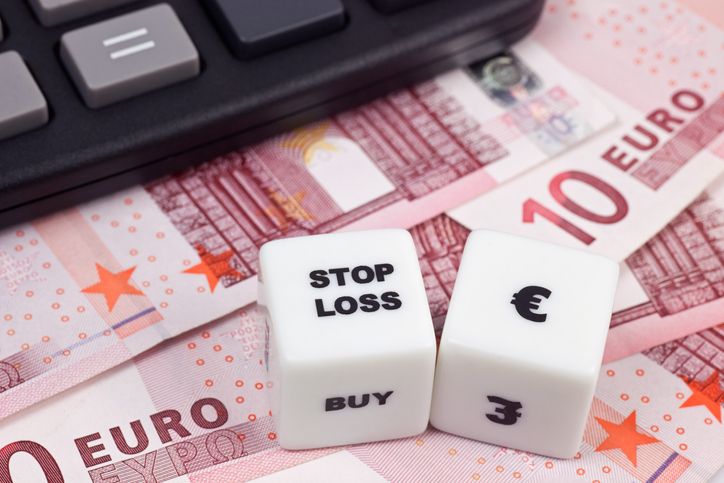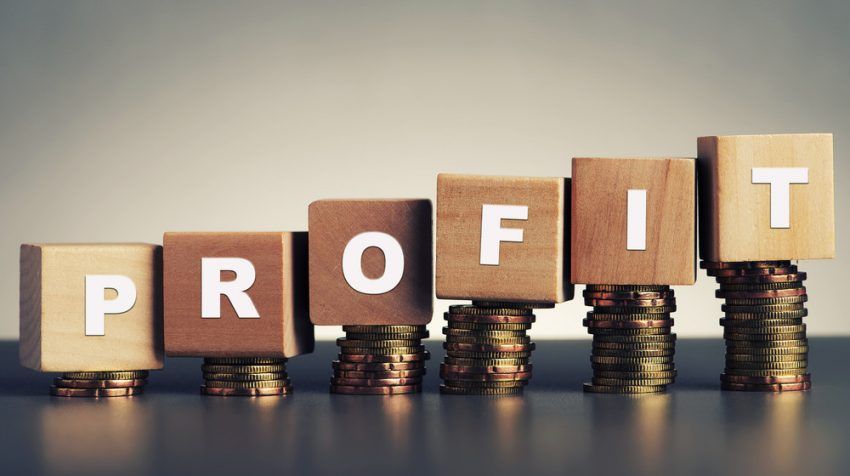
A dynamic Stop Loss and Take Profit order refers to a trade mechanism that allows investors to protect their downside and secure profits as the price of the market fluctuates. Unlike traditional Stop Loss and Take Profit orders, which are fixed at a specific price level, dynamic orders adjust according to the movement of the market. The Stop Loss order is designed to reduce possible losses by automatically selling an asset if its price drops to a predetermined level. The Take Profit order ensures that investors fix profits by automatically selling an asset when it reaches a specified target price.

Dynamic Stop Loss and Take Profit orders are crucial tools in risk management and optimising trading returns. They provide investors with a disciplined approach to managing their positions without requiring constant monitoring of the market. By setting dynamic orders, investors can mitigate losses, protect gains, and avoid making impulsive decisions based on short-term price fluctuations. These orders help instil discipline, enhance trade strategies, and improve general investment outcomes.
Calculating trailing Stop Loss and Take Profit levels involves determining the suitable parameters based on market dynamics and risk tolerance. There are various methods that traders can utilise to calculate these levels. Here are some commonly used approaches:
Percentage Method: Traders may set dynamic Stop Loss and Take Profit levels based on a certain percentage under the price of the market. For instance, a trader can set a dynamic stop loss at 5% under the highest price reached since entering the trade, and a dynamic take profit at 10% under the highest price.
Dollar Amount Method: Instead of using a percentage, traders can set trailing Stop Loss and Take Profit levels based on a specific dollar amount below the market price. For instance, a trader might set a trailing stop loss $1 below the highest price reached and a trailing take profit $2 below the highest price.
Support and Resistance Levels: Traders often utilise support and resistance levels to determine their dynamic Stop Loss and Take Profit levels. Support levels are zones where buying activity is expected to rise, while resistance levels are zones where selling activity is expected to rise. Traders may set their take profit level just over the support level and the stop loss level just under the resistance level they have identified.
Moving Averages: Moving averages can be used to calculate trailing Stop Loss and Take Profit levels. A moving average filters noise of the market and helps identify the trend direction. Traders may set their dynamic Stop Loss and Take Profit levels based on the moving average value.
It's important to note that these methods are not exhaustive, and traders may choose to combine multiple approaches or develop their own strategies based on their trading style and preferences.

It's essential to note that the specific process and features of setting dynamic Stop Loss and Take Profit orders can vary depending on the trade platform or brokerage being utilised. Traders should familiarise themselves with the platform's order entry system and guidelines. As an example, let’s take dynamic Stop Loss order. To set it, the next steps can be followed:
Determine the dynamic amount or percentage: When setting a dynamic stop, decide on the amount or percentage under the price of the market at which you want the Stop Loss to be triggered. It can be based on such factors as risk tolerance, market volatility, and individual trade strategies.
Calculate the Stop Loss value: Subtract the dynamic amount from the actual price of the market to calculate the primary Stop Loss worth. For instance, if the price of the market is $100 and the dynamic amount is $5, the primary Stop Loss would be set at $95.
Monitor price movements: As the price of the market increases, the dynamic stop will also rise by the dynamic amount. However, if the price decreases, the Stop Loss price remains unchanged. This trailing adjustment helps protect profits in case of a reversal while allowing for potential upside.
Maintain discipline: It's crucial to resist the temptation to reset the dynamic stop during momentary price dips. By maintaining the dynamic stop without interference, the order can be executed effectively.
Combining dynamic Stop Loss and Take Profit orders can offer a balanced approach. The dynamic stop loss order can protect against sudden market reversals, while the take profit order ensures that profits are captured when the price reaches a predetermined level.
Let's consider an example to illustrate the application of dynamic Stop Loss and Take Profit orders. Suppose an investor purchases a stock at $50 per share. They set a trailing stop loss order at 5% below the highest price the stock reaches after their entry, and a trailing take profit order at 10% below the highest price. If the stock price rises to $60, the trailing stop loss order would adjust to $57, while the trailing take profit order would adjust to $54. As the stock price continues to rise, the trailing Stop Loss and Take Profit orders adapt accordingly to protect the downside and secure profits.
Dynamic Stop Loss and Take Profit orders offer investors a flexible and effective approach to managing their trading positions. By using trailing mechanisms that adjust with market fluctuations, investors can protect their investments, limit losses, and maximise profits. It is essential to set appropriate trailing amounts and avoid frequent adjustments during short-term price movements. Implementing dynamic Stop Loss and Take Profit orders in conjunction with a comprehensive risk management strategy can help investors optimise their trading outcomes.
Maboko holds a BTech in Metallurgical Engineering and has been in the financial market for over 6 years. He has experience in market analysis and systematic trading strategies.
Yes, dynamic Stop Loss and Take Profit orders can be used with stocks, options, futures, and other tradable assets that support traditional stop.